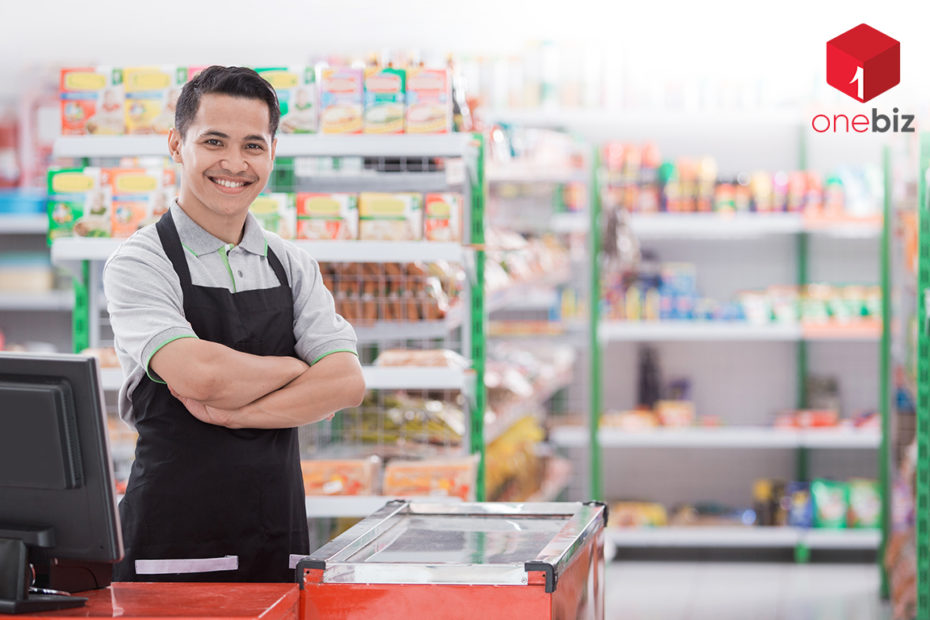With the global pandemic affecting us physically, mentally and financially, the local businessmen, small scale businesses, and grocers have faced the brunt severely. Thousands losing jobs, pay cuts & lower sales have drastically brought down the flow of income in many families. COVID-19 continues to disrupt people in their everyday lives, devastating the families with the loss of their loved ones or their jobs. These fallouts will have long-lasting consequences in the lives of people.
Coming to the retailers, to be in business, they will have to innovate value propositions to survive and try various new ways to thrive in this competition.
Studies show when the daily number of cases increased by a sudden surge due to the first and second wave, there was a huge demand experienced by the grocery retailers for online shopping and doorstep delivery. Online grocery shopping and doorstep delivery services have rapidly increased over the past one and a half years due to the ongoing pandemic. This comes as a great threat as fulfilling online sale demands are way more complicated and expensive to support as compared with in-store sales where the customer picks up most of their stuff, doing most of the work themselves. Shopping online from the essential grocery retailers play a larger, strategic role for all the retailers going forward.
Also Read: How beneficial would it be to switch from a Kirana store to an online platform?
Let’s discuss a few criteria that might help the retailers in building online sales opportunities:
3 LESSONS FOR THE GROCERY RETAILERS FOR GOING ONLINE
Try to limit the depth of assortment offered in online grocery: One must focus on the delivery and pickup modes that help to supply larger quantities of daily necessities that each household depends upon for weeks. It’s always better to rationalise assortment in-store at first given the fact that most online orders are present in the store and this step provides more shelf space to products with larger quantities and high demands, improving the in-stock positions
One must expand the breadth of categories for Online Grocery Retailers: In order to check the retailer’s omnichannel strategy, one must measure how seamless the shopping experience is between online and in-store environments. This approach may help you succeed eventually. For example, getting the medicines delivered at home will attract customers as it saves time and reduces the risk of being exposed to the virus by using online services to maintain a safe social distance from others. These services will add on as a relevant feature for the retailers. Again, setting up other service departments such as catering, customised cakes and made to order foods that can be easily accessible online through the same platform will help the customers look for their various needs under one roof.
Raise purchase minimums and hurdle rates: It’s better to raise purchase minimums that are linked to a fixed fee. Many retailers quote minimum purchase fees on the frequently bought items, for example in order to buy meat for barbeque, one must purchase at least a pound of it. Raising minimums helps to drive up average order values which eventually boosts up top-line sales. Studies show that many store banners have documented a strong and positive relationship between the minimums and average sales per order. Hurdle rates that offer discounted prices after exceeding a certain amount also influence the customer to spend more compared to other minimums. The retailers must also consider it important to offer the same prices online as in-store and introduce newer offers and discounts to lure the customers to buy more even when the demand is low.
Did you find the article interesting? Share with others and comment your opinion below.
